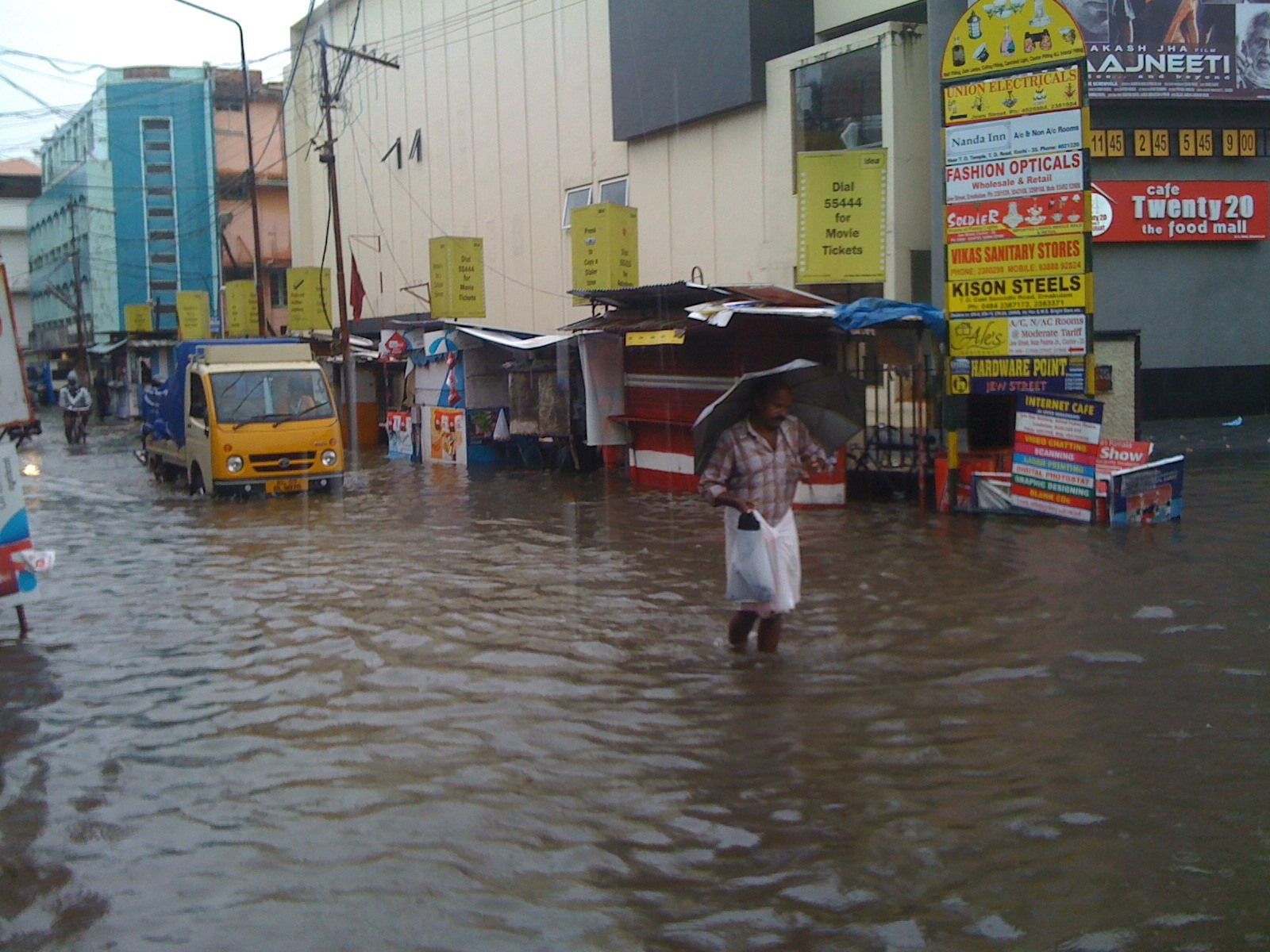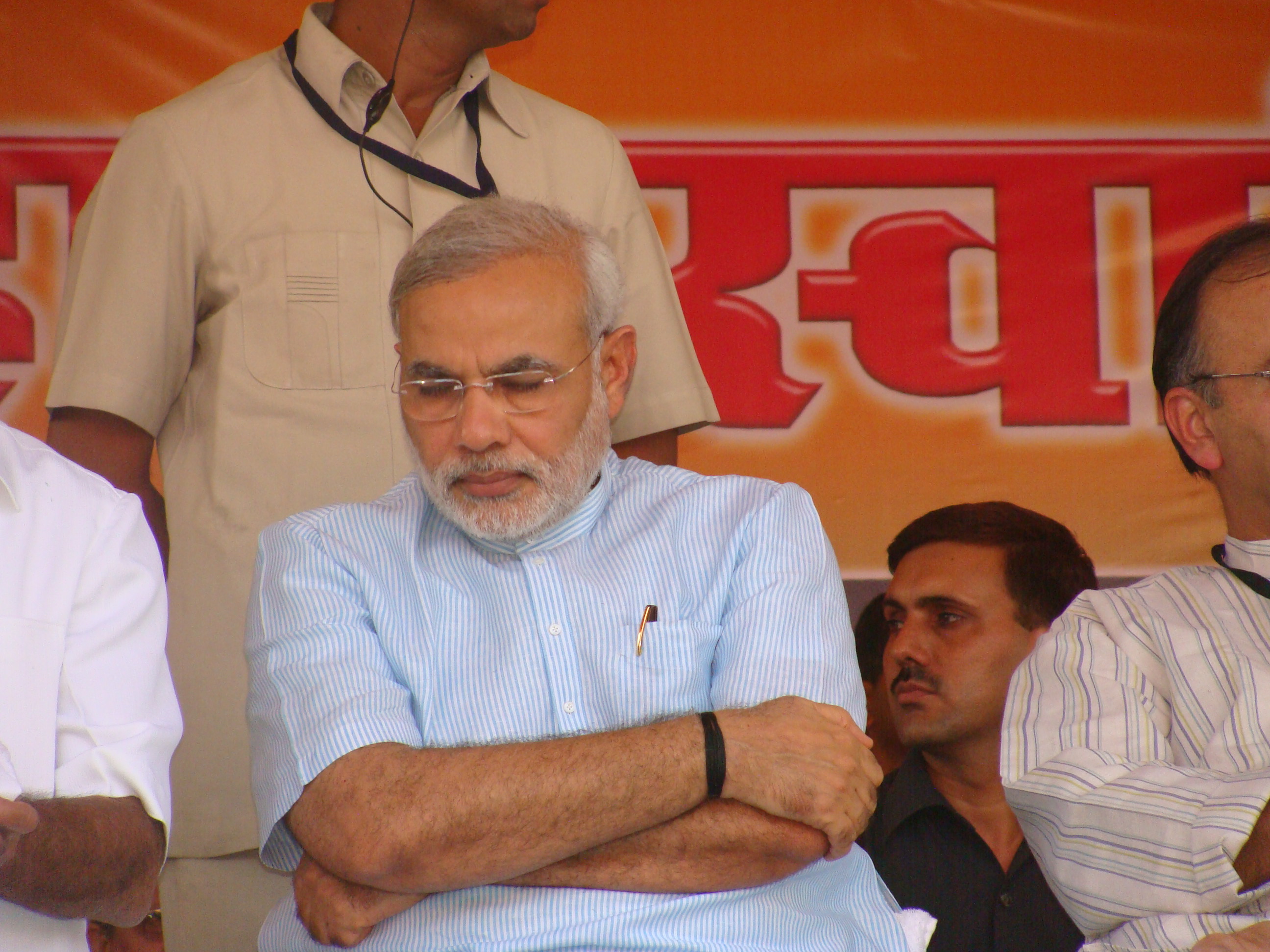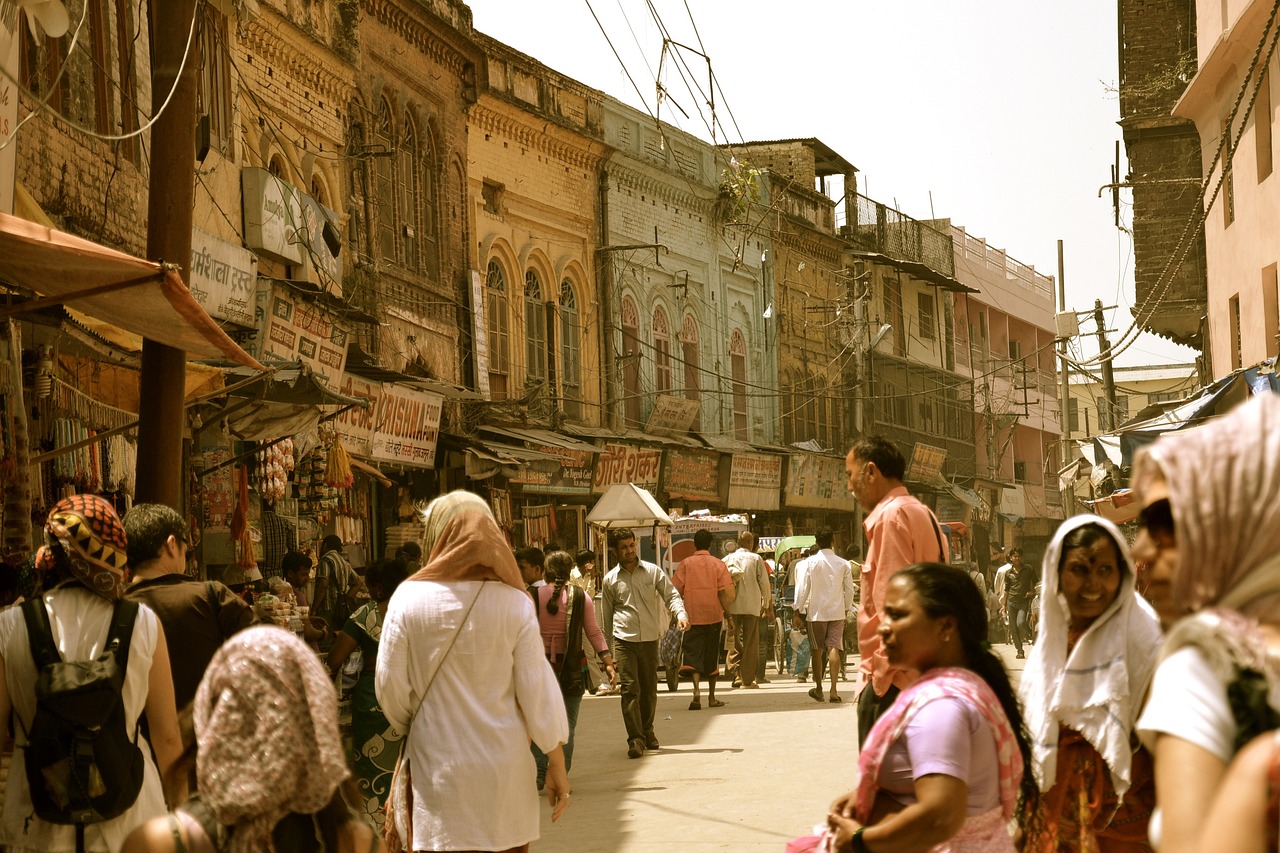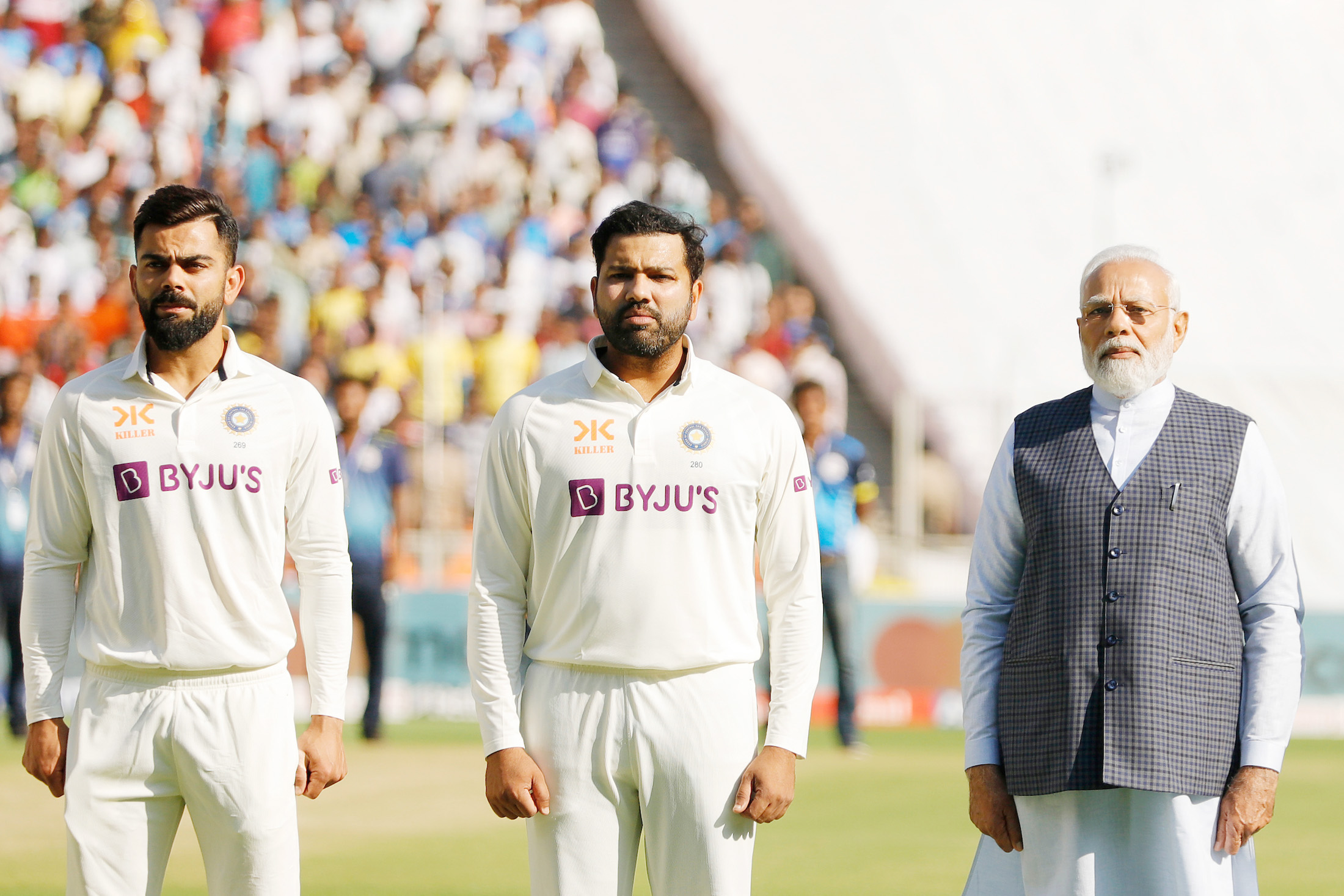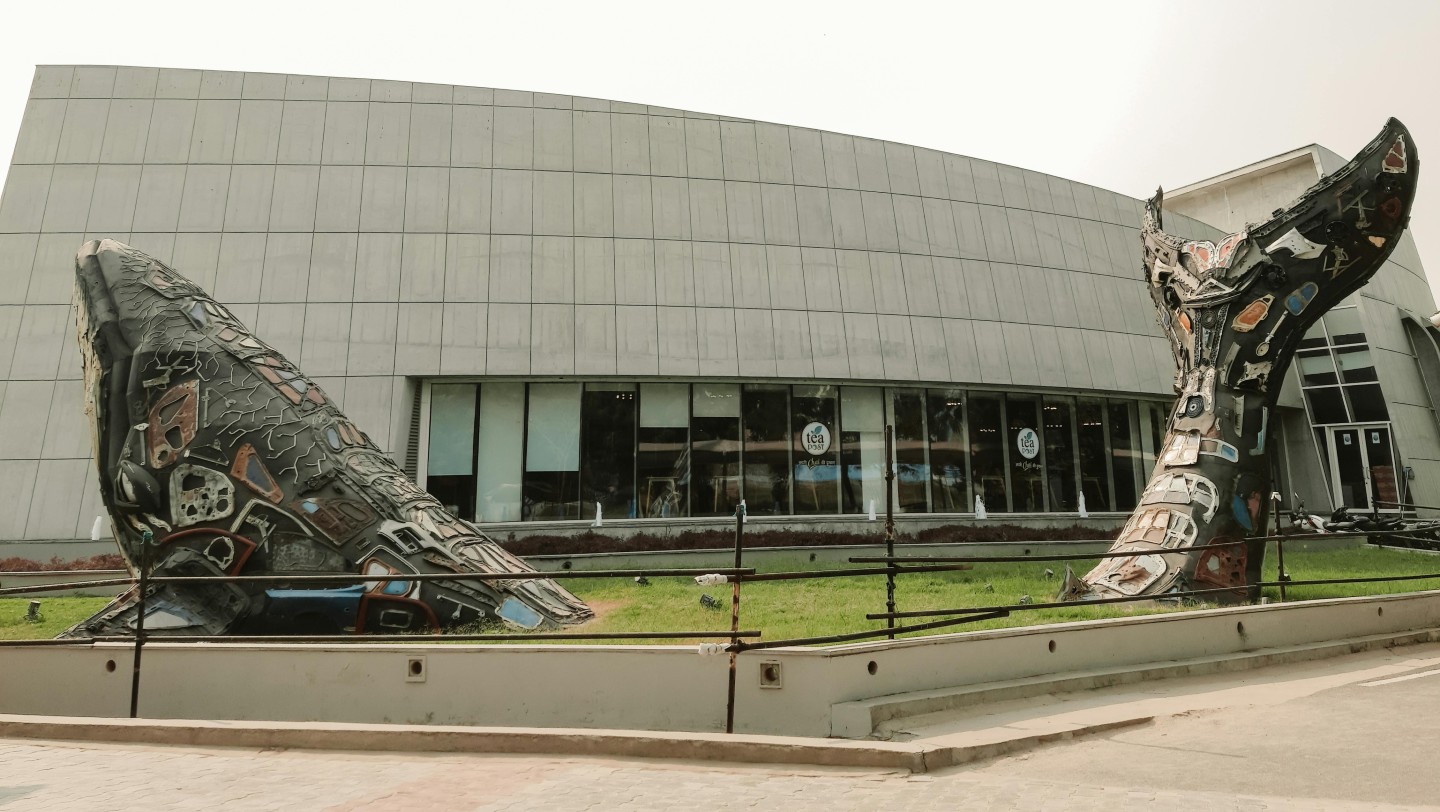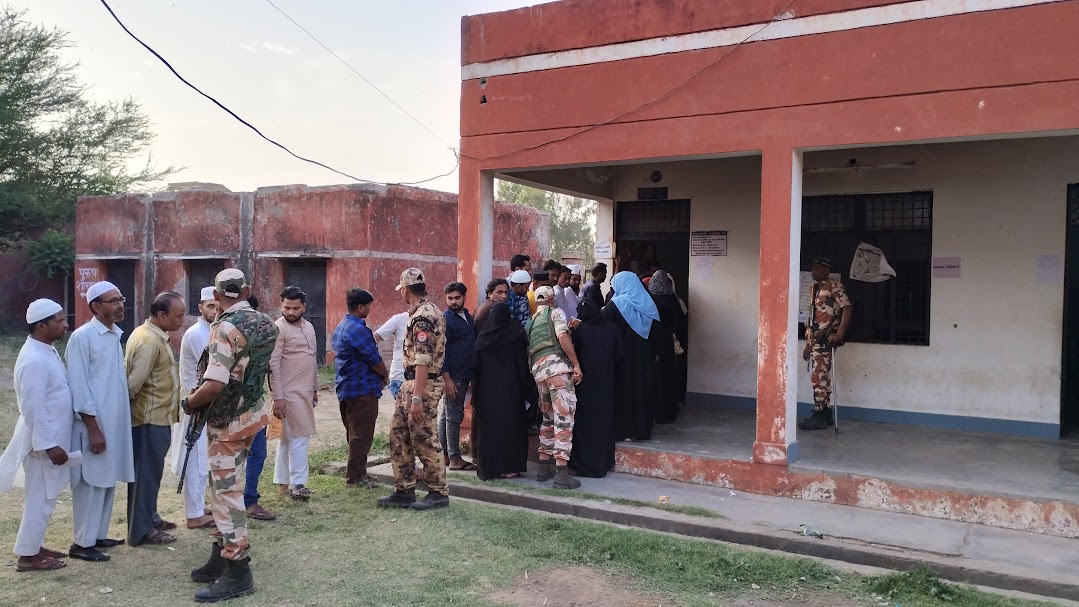The people of India have rejected Narendra Modi's majoritarian Hindu politics. Even if Modi's coalition returns him to power, his message has to change.
 Outgoing Indian Prime Minister Narendra Modi did not come close to reaching the 400+ seats he boasted about in the election campaign. : Prime Minister’s Office, Wikimedia Commons Government Open Data License – India (GODL)
Outgoing Indian Prime Minister Narendra Modi did not come close to reaching the 400+ seats he boasted about in the election campaign. : Prime Minister’s Office, Wikimedia Commons Government Open Data License – India (GODL)
The people of India have rejected Narendra Modi’s majoritarian Hindu politics. Even if Modi’s coalition returns him to power, his message has to change.
Despite his reluctance to concede defeat, the results of the Indian general election are a major setback for outgoing Prime Minister Narendra Modi. His party, the Bharatiya Janata party (BJP), has failed to secure a majority on its own.
The BJP has heavily lost ground in its traditional stronghold states of Uttar Pradesh, Haryana, Rajasthan and Maharashtra, with a combined swing of 57 seats against it across the four regions.
Electoral loss in these battleground states, along with the massive resilience of regional parties such as the Trinamool Congress in West Bengal and the Dravida Munnetra Kazhagam in Tamil Nadu, have delivered a resounding disappointment to the BJP.
The BJP’s campaign was centred around Modi — every government welfare measure was packaged as “Modi’s guarantees” and the prime minister put himself at the front of everything the BJP did, even at the cost of eclipsing other party candidates.
It didn’t work.
Neither did Modi’s toxic campaign against Muslims, dubbing them “infiltrators” and “those who produce more children”, nor did his labelling of opposition parties as Muslim “appeasers” turn the tide towards him.
Modi’s propagation of Hindu majoritarian ideology seems to have failed to invigorate even Hindu voters.
The construction of a controversial temple devoted to Lord Ram in the city of Ayodhya was meant to be the crowning glory of Modi’s myriad achievements. The temple, opened in January, had been built on the disputed site of a mediaeval mosque, which was destroyed by Hindu zealots in December 1992.
Ayodhya sits in the BJP heartland state Uttar Pradesh, which was the bulwark of Modi’s victory in 2014 and 2019. So too do two other controversial religious sites — at Varanasi and Mathura — that Modi’s party wants to reclaim.
But the BJP has been dealt a resounding blow by the electorate, losing nearly half the seats it had won in 2019. Modi’s boasts that his party and allies would cross the 400-mark in parliament proved unexpectedly counter-productive.
It takes 407 votes (two-thirds of the House total of 543) to make constitutional amendments or even write a new constitution. Modi’s proclamations about reaching such a total raised fears among disadvantaged groups in India, such as the Dalits and tribal communities, that Modi was planning to subvert affirmative action for them, which is protected by the Indian Constitution.
India’s Muslims also felt threatened that the secular framework of the Constitution would be subverted with such a massive majority. All these groups voted for the Opposition, which promised to protect the Constitution.
Final results are still trickling in, but the trends are clear. Although Modi has won for the third time from his constituency of Varanasi, the BJP seems 32 seats short of the majority mark of 272 needed in a 543-member parliament.
Despite this shortfall, Modi hopes to be sworn in for a third term on the back of his pre-election coalition of more than a dozen parties, the National Democratic Alliance (NDA), having won an absolute majority. If things go according to plan, Modi may well be sworn in as prime minister on June 9.
However, before that happens, he will have to be elected leader of the BJP parliamentary party. This puts his fate in the hands of his coalition partners in the NDA, who must also find his candidature for the top job acceptable.
Modi’s stranglehold over his party would suggest that be a shoo-in. But right now, the party needs a leader who can forge a consensus with its allies. Many believe that Modi’s persona is unaccommodating and his relationship with allies is thorny. In the situation where the BJP has to work closer with its allies, it may agree upon a more amiable leader.
The party could be persuaded to do so by the Rastriya Swayamsevak Sangh, a Hindu majoritarian and militaristic self-styled organisation of volunteers, considered the ideological parent of the BJP.If Modi is elected leader of the NDA, he will head both the largest single party in parliament and also the largest pre-election alliance. He is likely to be then invited by India’s president, Draupadi Murmu, a former BJP leader herself, to form the next government.
However, none of this will solve Modi’s problems with his allies in the NDA, mostly from regional parties. Given his track record with former alliance partners, Modi will have to allay their fears about their legislators being broken away. They will have to be wooed into partnership with attractive offers of power-sharing.
The weight of alliance partners in any potential government today will be far greater than in the BJP-led NDA governments of 2014 and 2019. In both parliaments, the BJP had a comfortable majority on its own. If Modi returns to power, his dependence on his allies would prevent him from aggressively pushing his Hindu majoritarian agenda, which includes imposing a Uniform Civil Code (laws governing marriage, divorce and inheritance) and essentially abolishing Muslim Personal Law, applicable to India’s largest minority community. Modi’s governance would have to become issue-based.
There are reports that the Opposition bloc — India National Developmental Inclusive Alliance (or INDIA) — has thrown a googly at Modi’s attempt to be a third-time prime minister.
The INDIA bloc is said to be wooing two of the BJP’s major alliance partners, the Janata Dal (United), led by Bihar chief minister Nitish Kumar, and Telugu Desam Party chief Chandrababu Naidu from Andhra Pradesh.
Both Kumar and Babu are veterans of alliance politics and know how to extract a price for their support. Without them, the BJP cannot reach the majority mark.
There are reports that the INDIA bloc has offered Kumar the post of Deputy Prime Minister, while Naidu — who has handsomely won state legislature elections — has been assured that his state will be given the status of a “special category state”, assuring greater financial assistance from the central government’s tax kitty.
It is doubtful whether Kumar and Naidu will take the bait, as even with their added numbers the INDIA bloc would still be at least 10 seats short of the majority mark.
While the wheeling and dealing required to form the government will stretch over the next few days, only one thing is certain: the people of India have defeated the majoritarian Hindu politics of Modi. Modi may retain office, but it’s a resounding personal defeat.
Bharat Bhushan is Associate Editor and South Asia Editor at 360info. He is a former host on Foreign Affairs for RajyaSabha TV and has served as Editor of Catch News, founding Editor of Mail Today, Executive Editor of the Hindustan Times, Editor of The Telegraph in Delhi, Editor of the Express-News Service, Washington Correspondent of the Indian Express and an Assistant Editor with The Times of India.
Originally published under Creative Commons by 360info™.
Editors Note: In the story “Indian election” sent at: 05/06/2024 11:40.
This is a corrected repeat.




